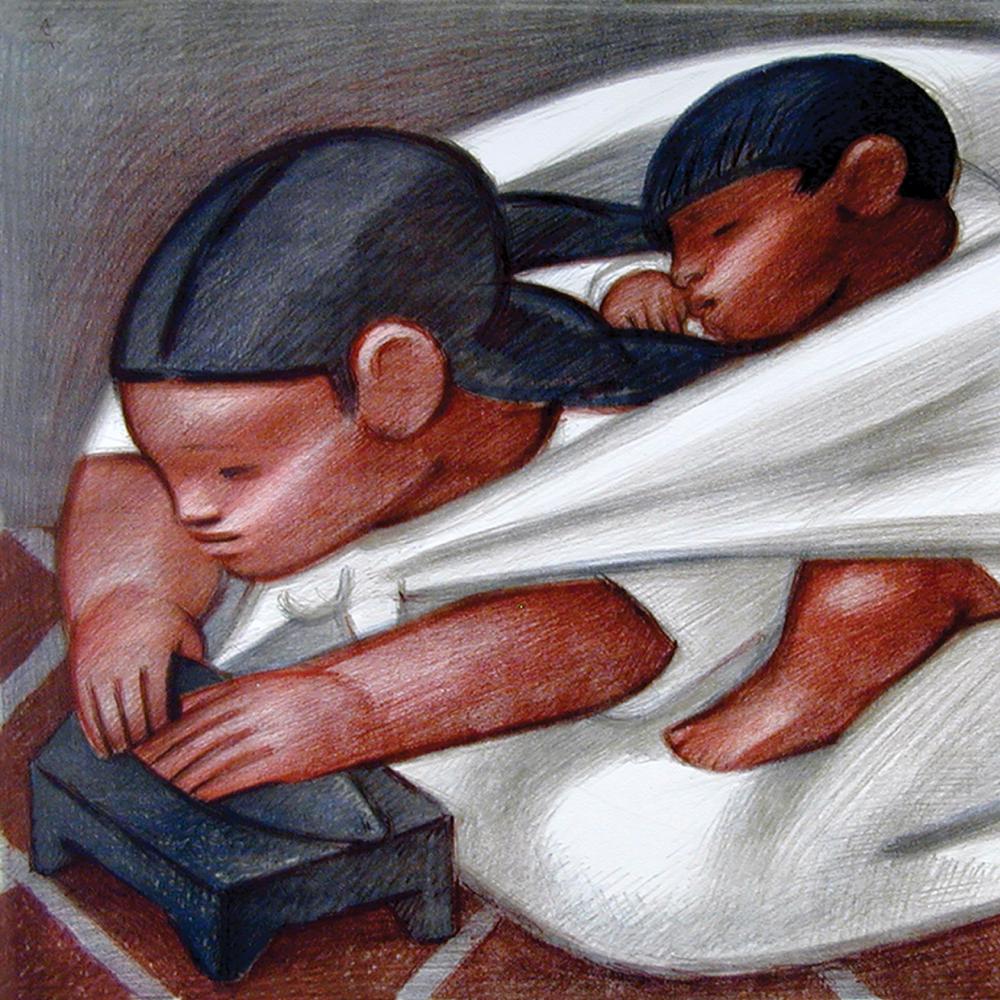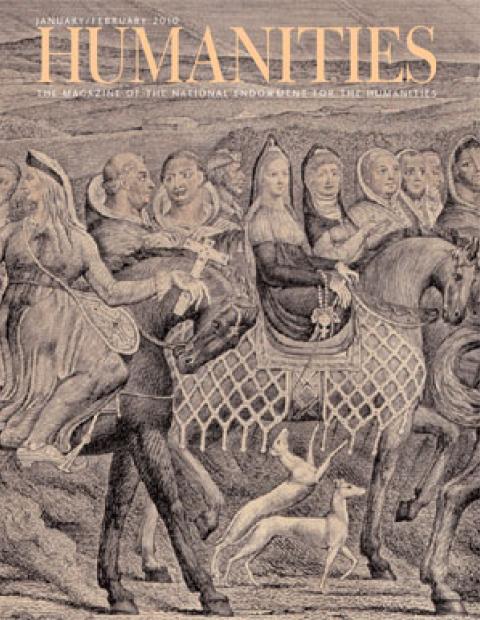During the 1920s, one of the hottest venues in the art world was the Mexican Ministry of Public Education, where Diego Rivera was painting the frescoes that would revive mural painting in the West. Rivera was world famous, considered one of the three great living artists—the other two being Picasso and Matisse. It took him seven years to paint the cycle, which consisted of 235 panels. Artists, intellectuals, students, and curiosity-seekers from all over came to see the work. Philosopher John Dewey stopped by, as did the photographers Beaumont Newhall and Edward Weston. After watching Rivera at work, writer Jon Dos Passos said that the murals “knocked my socks off.”
Art historian Stanton L. Catlin declared the complex “The Brancacci Chapel” for art in the Americas. “Like what Masaccio’s Brancacci Chapel was for Florentine art during the Renaissance, that’s what Rivera’s cycle was for the Mexican mural movement,” explains scholar David Craven. What was particularly compelling about Rivera’s work was its new visual language, which melded his classical training with the styles of the European avant-garde, Cubism, and Mexican indigenous traditions. “A language like that sanctions all kinds of experimentation and inspires people to try to affect a comparable synthesis,” says Craven.
Rivera’s influence, and that of other prominent Mexican muralists, notably David Alfaro Siqueiros and José Clemente Orozco, made its way northward to the United States, particularly during the New Deal when artists were working under the auspices of the Works Progress Administration (WPA). Although the WPA muralists were never as openly Marxist as those in Mexico (and if they were, their murals were quickly censored and painted over), they were inspired to try to rediscover and incorporate regional traditions into their works.
The New Deal art program looked to Mexico for inspiration and organization. After the Mexican Revolution ended in 1920, the country was left devastated with approximately 10 percent of its population lost in the war. Its new president, Álvaro Obregón, initiated a huge campaign for literacy through the Ministry of Public Education, with one arm devoted to muralism as an educational program. Strangely enough, the government commissions gave each artist complete freedom of interpretation, says Craven. It was “not ideologically very explicit,” he says. “The contract said, ‘do a painting about the life of the Mexican people.’ What you get as a result are not only great murals in a number of different visual languages, but also a pluralism going on, something quite at odds with what went on in the Soviet Union in the 1930s, when they literally had an official language that they had to use.
“Messages are compelling if the language is commanding,” continues Craven. “And a language is commanding if it gives latitude on the part of the spectator.” Although sometimes called propaganda, Craven believes that’s a mistake, pointing out that many of the Mexican murals are actually very complex, without a clear message. “If it were propaganda, you would know what it means.” Leon Trotsky extolled the work in Mexico while denigrating the prescribed, propagandistic art of the Soviet Union. In a 1938 essay in Partisan Review he wrote: “Do you wish to see with your own eyes the hidden springs of the social revolution? Look at the frescoes of Rivera. Do you wish to know what revolutionary art is like? Look at the frescoes of Rivera.”
American artists didn’t necessarily have to travel to Mexico to see these new frescoes, although many did. Prints and photographs circulated, and, in 1930, Orozco was the first Mexican to paint a mural in the United States, even before the famous censored Rockefeller Center fresco by Rivera. According to Craven, Jackson Pollock called Orozco’s Prometheus at Pomona College the greatest painting of the twentieth century. “He went to see it many times, and it influenced a number of his early works, like Naked Man with Knife. All you have to do is put that 1938 painting next to the 1930 mural, and it’s pretty obvious where the debt is.”
Craven, Distinguished Professor of Art History at the University of New Mexico, will be at the Sheldon Art Museum in Lincoln, Nebraska, on January 12 to give a lecture in conjunction with the current exhibition, “Agents of Change: Mexican Muralists and New Deal Artists.” The exhibition features prints by the great three muralists, as well as contemporary works by American artists, such as Ben Shahn, Mabel Dwight, Howard Cook, and Elizabeth Olds. Craven praises the print collection at the Sheldon, saying it “gives us the occasion to think about how the Mexican artists are actually circulating images of the Mexican Revolution in a different medium in the U.S. More people know about Diego Rivera’s murals in the age of magazine and print reproductions than have actually seen the murals.”


